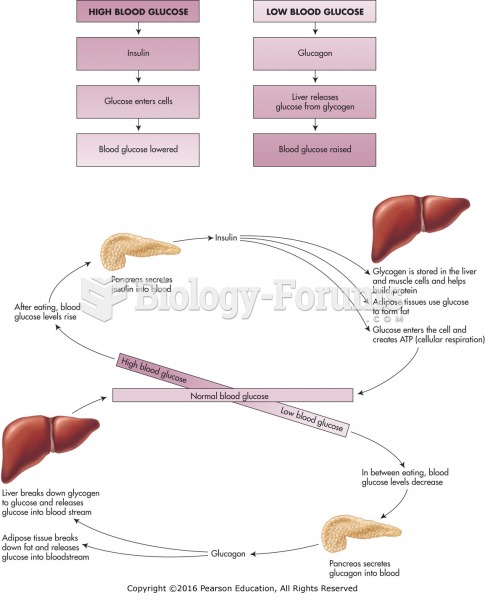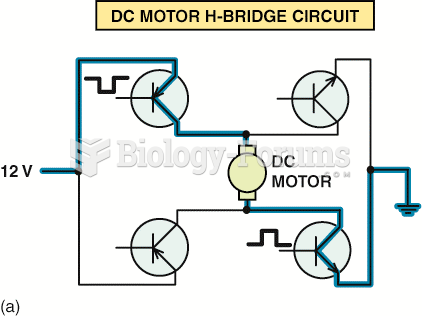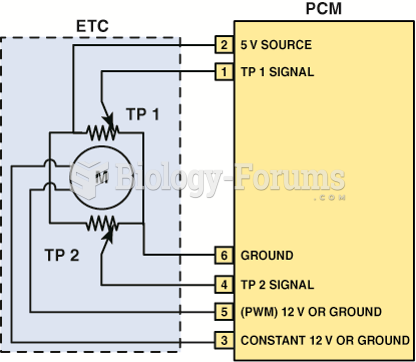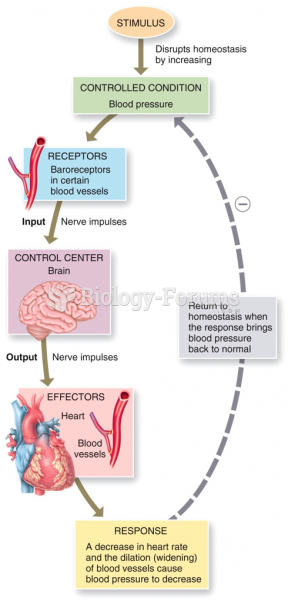Answer to Question 1
Answer: A
Answer to Question 2
Answer:
a. Strategy and structure - An organization's structure should facilitate the achievement of goals. Since goals are influenced by the organization's strategies, it is logical that strategy and structure should be closely linked. The flexibility and free-flowing information of the organic structure works well when an organization is pursuing meaningful and unique innovations. The mechanistic organization with its efficiency, stability, and tight controls works best for companies wanting to tightly control costs.
b. Size and structure - There is considerable evidence that an organization's size significantly affects its structure. Large organizations-typically considered to be those with 2,000 employees tend to have more specialization, departmentalization, centralization, and rules and regulations than do small organizations. However, once an organization grows past a certain size, size has less influence on structure.
c. Technology and structure - Every organization uses some form of technology to convert its inputs into outputs. The processes or methods that transform an organization's inputs into outputs differ by their degree of routineness. In general, organizations adapt their structures to their technology depending on how routine their technology is for transforming inputs into outputs. In general, the more routine the technology, the more mechanistic the structure can be, and organizations with more non-routine technology are more likely to have organic structures.
d. Environmental uncertainty and structure - Some organizations face stable and simple environments with little uncertainty; others face dynamic and complex environments with a lot of uncertainty. Managers try to minimize environmental uncertainty by adjusting the organization's structure. In stable and simple environments, mechanistic designs can be more effective. On the other hand, the greater the uncertainty, the more an organization needs the flexibility of an organic design.







